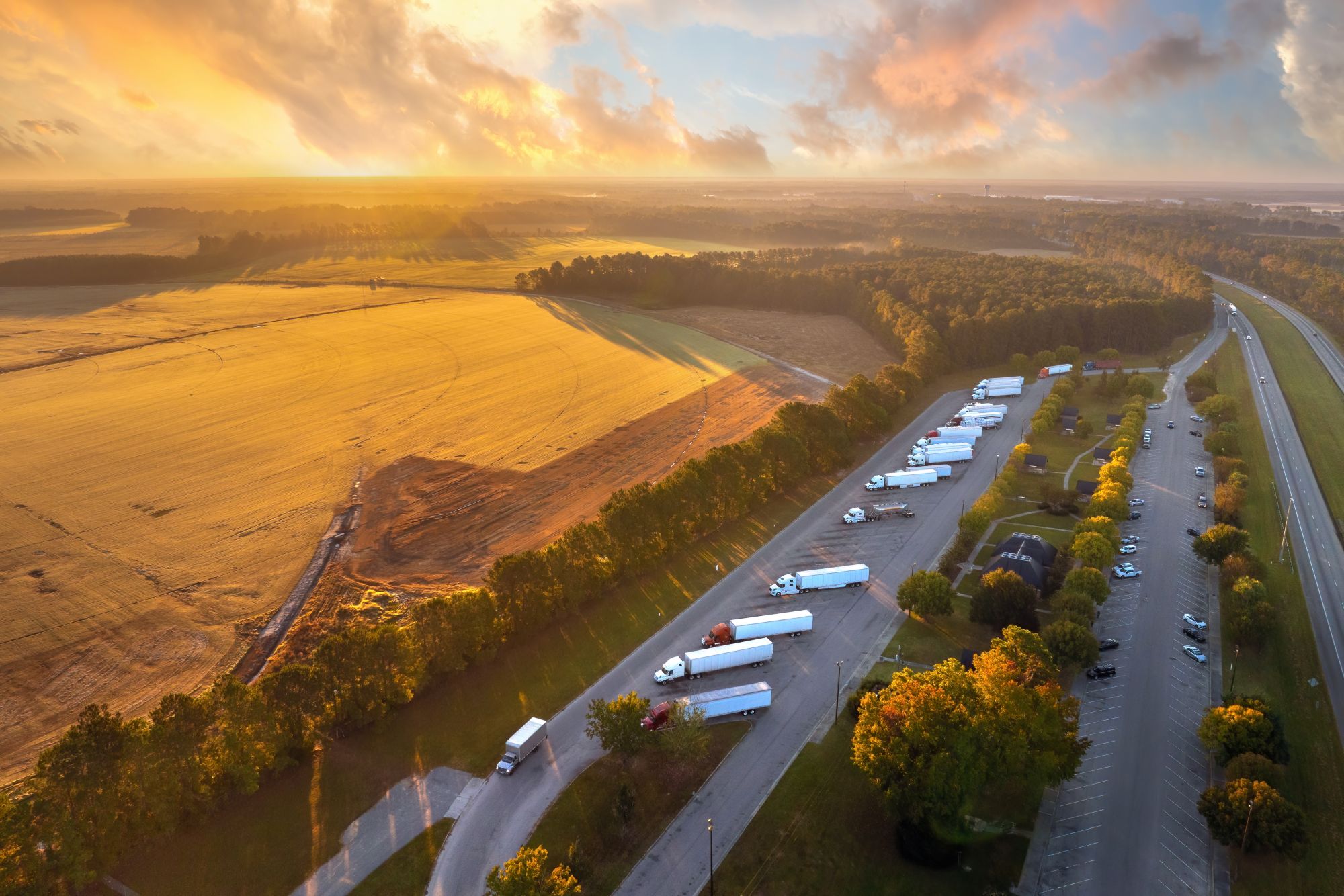
Miranda Blake
Contul Dart Charge - simplificați-vă plățile
Creat: 08.11.2024
•
Actualizat: 01.10.2025
Înțelegerea complexității sistemului Dart Charge este esențială pentru a asigura o experiență fără probleme și rentabilă atunci când utilizați Dartford Crossing. Familiarizarea cu opțiunile de plată, gestionarea contului și potențialele capcane vă poate scuti de amenzi și bătăi de cap inutile.
Înțelegerea sistemului de încărcare Dart
Dartford Crossing, un aspect vital pentru traficul comercial, este gestionat de un sistem sofisticat de plată electronică cunoscut sub numele de Dart Charge. Acest sistem inovator a fost introdus pentru a spori eficiența colectării taxelor de trecere, eliminând nevoia de cabine de taxare tradiționale și permițând șoferilor să plătească în avans sau online până la sfârșitul zilei.
Dart Charge explicat
Vă întrebați ce este mai exact Dart Charge? Se referă la metoda de plată utilizată pentru Dartford Crossing. Sistemul a fost implementat pentru a îmbunătăți fluxul de trafic și pentru a oferi o experiență de plată mai convenabilă pentru utilizatori.
Traversarea Dartford Crossing: opțiuni de plată
Șoferii au trei opțiuni principale în ceea ce privește plata taxei Dart:
- Cont preplătit: Clienții pot crea un cont preplătit, care oferă facturare automată și un tarif de trecere redus. O astfel de abordare fără complicații asigură efectuarea plăților fără probleme, contul fiind debitat automat pentru fiecare traversare.
- Plăți unice: Pentru cei care nu au un cont pre-pay, există posibilitatea de a plăti online, prin telefon sau la punctele de vânzare cu amănuntul Payzone. Plățile pot fi efectuate în avans sau până la miezul nopții din ziua următoare.
- Traversări gratuite: Traversarea Dartford este gratuită între orele 22:00 și 6:00, oferind o opțiune rentabilă pentru călătoriile de noapte.
Tarifele Dart Charge: înțelegerea costurilor
Sunteți curioși să aflați care sunt tarifele Dart Charge? Acestea variază în funcție de clasa vehiculului și dacă clientul are un cont de preplată sau face o plată unică. Iată o defalcare a tarifelor actuale:

De asemenea, puteți [citi aici mai multe sfaturi privind plata și alte aspecte pentru șoferii noi] (https://snapacc.com/newsroom/trucking-101-five-top-tips-for-new-drivers/).
Gestionarea contului dumneavoastră Dart Charge
Menținerea contului Dart Charge este esențială pentru evitarea amenzilor și eficientizarea traversărilor. Să explorăm aspectele cheie ale gestionării contului.
Configurarea unui cont Dart Charge
Crearea unui cont Dart Charge este un proces simplu. Clienții pot vizita [site-ul oficial Dart Charge] (https://www.gov.uk/pay-dartford-crossing-charge), pot face clic pe "Start now" și pot selecta opțiunea "Sign in or set up a Dart Charge account". Alternativ, aceștia pot deschide un cont pre-pay descărcând și depunând un formular de cerere.
Conectarea și resetarea parolelor
Accesarea contului Dart Charge necesită adresa de e-mail înregistrată în cont. Dacă v-ați uitat parola, link-ul de pe pagina de conectare vă va ghida prin procesul de creare a uneia noi.
Actualizarea datelor personale și a informațiilor despre vehicul
Schimbarea numelui, a adresei sau a numerelor de înmatriculare ale vehiculului asociate contului dvs. se poate face prin conectarea la contul Dart Charge, navigarea la secțiunile "Gestionarea contului" și "Profil" sau "Gestionarea vehiculului" și efectuarea actualizărilor necesare.
Vizualizarea istoricului traversării și a declarațiilor
Clienții își pot revizui istoricul trecerilor și extrasele de cont conectându-se la contul lor Dart Charge. Această funcție vă permite să vă urmăriți utilizarea și să vă asigurați că toate plățile au fost înregistrate corect.
Conturi inactive și suspendate
În cazul în care contul dumneavoastră Dart Charge devine inactiv din cauza unei neînmatriculări a vehiculului, a unei metode de plată valide sau a unor traversări recente, îl puteți reactiva prin rezolvarea problemei de bază. În mod similar, un cont suspendat poate fi deblocat prin completarea soldului sau prin efectuarea de plăți pentru orice traversări restante.
Închiderea contului dumneavoastră Dart Charge
Când este momentul să vă închideți contul Dart Charge, puteți face acest lucru conectându-vă, navigând la secțiunea "Gestionarea contului" și selectând opțiunea "Închidere cont". Orice sold rămas va fi rambursat folosind aceeași metodă de plată.

Dartford Crossing plăți cu SNAP
Contul SNAP oferă o soluție convenabilă, oferind mai multe beneficii pentru șoferi și [operatori de flote] (https://snapacc.com/fleet-operators/).
Proces de plată fără probleme
Sistemul gestionează automat plata pentru fiecare traversare, eliminând necesitatea de a vă aminti să plătiți sau de a trata direct cu Dart Charge.
Plata la timp garantată
Nu veți primi niciodată o taxă pentru întârzierea plății. Acest lucru vă ajută să evitați potențialele amenzi sau penalități asociate plăților ratate sau întârziate, asigurându-vă liniștea.
Facturare consolidată
Vă simplificăm gestionarea financiară prin includerea tranzacțiilor Dartford Crossing pe aceeași factură ca și celelalte activități din contul SNAP. O astfel de consolidare facilitează urmărirea și gestionarea cheltuielilor dumneavoastră.
Economie de timp
Prin automatizarea procesului de plată, economisim timp prețios pentru șoferi. Nu este nevoie să vă opriți și să efectuați plăți individuale sau să vă amintiți să plătiți până la miezul nopții în ziua următoare, așa cum este necesar atunci când plătiți direct prin sistemul Dart Charge al guvernului.
Integrare cu alte servicii
Serviciul nostru Dartford Crossing face parte dintr-un ecosistem mai larg de servicii de transport rutier. Această integrare permite utilizatorilor să gestioneze mai multe aspecte ale călătoriei lor, inclusiv parcarea, spălarea și alimentarea cu combustibil, prin intermediul unei singure platforme.
Controlul costurilor pentru operatorii de flote
Pentru întreprinderile care gestionează mai multe vehicule, oferim o modalitate eficientă de a controla și monitoriza cheltuielile legate de intersecția Dartford. Sistemul consolidat de facturare și plată automată ajută la eficientizarea proceselor contabile și la reducerea sarcinii administrative asociate cu gestionarea traversărilor individuale. Prin utilizarea contului SNAP pentru plățile Dartford Crossing, șoferii și operatorii de flote se pot bucura de o experiență mai eficientă, fiabilă și lipsită de stres atunci când utilizează această legătură de transport esențială.
Doriți să aflați mai multe despre cum să economisiți bani pe drum? Consultați articolul nostru despre [sfaturi pentru economisirea combustibilului] (https://snapacc.com/newsroom/fuel-saving-tips-for-truck-drivers/), precum și [ghidul șoferului de camion pentru elaborarea bugetului] (https://snapacc.com/newsroom/a-truck-drivers-guide-to-budgeting/).



